So your company has a Facebook page, a Twitter account and it’s on LinkedIn. Good start — but Internet marketing for small businesses in Denver doesn’t stop there.
The next step, says Kipp Bodnar, inbound marketing strategist at HubSpot, is for marketers to plug the power of social media into their own websites.
“Social media engagement happens across the web and isn’t limited to your Facebook business page or your favorite LinkedIn Group,” he writes in a guest blog for Social Media Explorer. “With social media becoming a larger part of the internet in general, marketers must more completely integrate social media into their entire sales and marketing process.”
Bodnar offers six basic strategies for integrating social media into marketing efforts:
- Start collecting social-media user names — While email addresses are still important, information such as a client’s LinkedIn URL gives sales people far wider and more useful databases.
- Use one-click follow buttons on your website — Twitter, Facebook, and LinkedIn, Bodnar notes, all have free one-click buttons that let visitors follow your business without having to leave your site.
- Leverage existing customers — While you’re adding to your community, don’t forget the clients you already have. Encouraging them to connect with you on social media gives them benefits, and lets you gain new content and new leads.
- Place social sharing buttons on all important website pages — Those buttons aren’t just for your blog posts, either. On the inbound marketing landscape, Bodnar counsels, you need lots of content pages on your website, too — product pages, for example, or landing pages for ebooks.
However, he cautions, don’t overdo it. Don’t overwhelm visitors with too many choices.
- Teach sales people how to prospect with social media — Social media can help your sales team understand client backgrounds and motivations. The better they understand a lead, the better their chances of gaining “trusted adviser” status, Bodnar says.
- Nurture leads — Automated emails won’t be enough. Think how incorporating social media can move the process along. Follow up behavior-based automation software, for example, with a tweet to see if prospects have any questions.
The idea, according to Bodnar, is not to limit your focus. Don’t stop within the walls of individual social networks — spread your efforts across the whole web.
“Social media,” he says, “isn’t limited to the confines of the networks themselves. Instead, much of social media’s leverage resides in your websites, emails and other marketing efforts.”
Unsure where to start? Contact us — we’ll show you some options. Our owner, Scott, is an official Inbound Marketing Certified Professional by HubSpot.

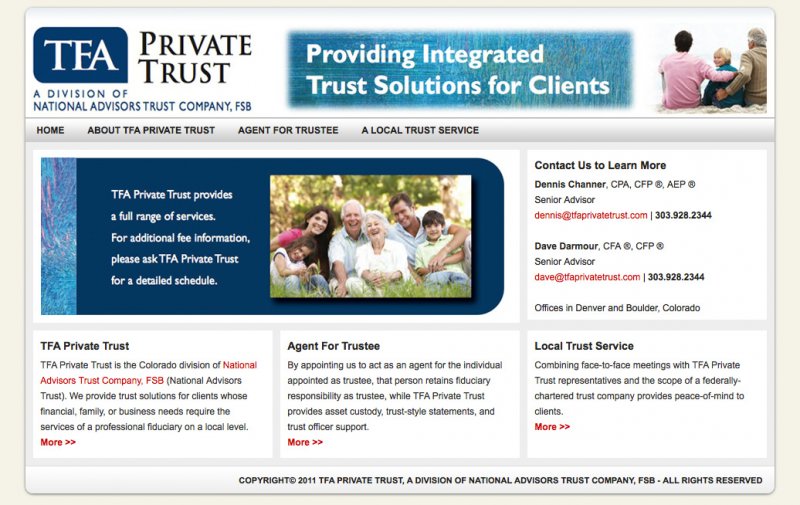
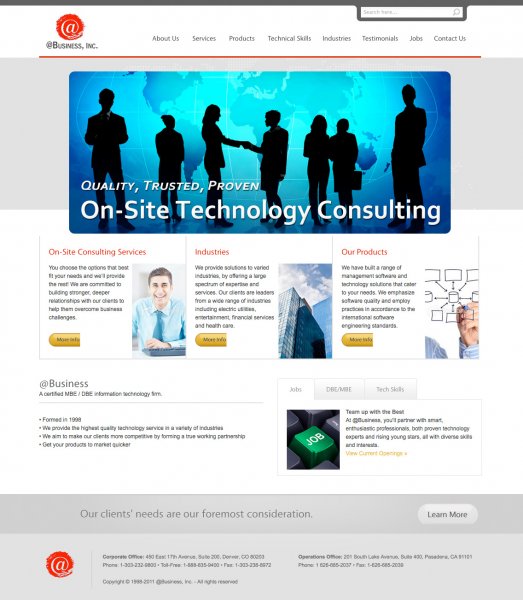
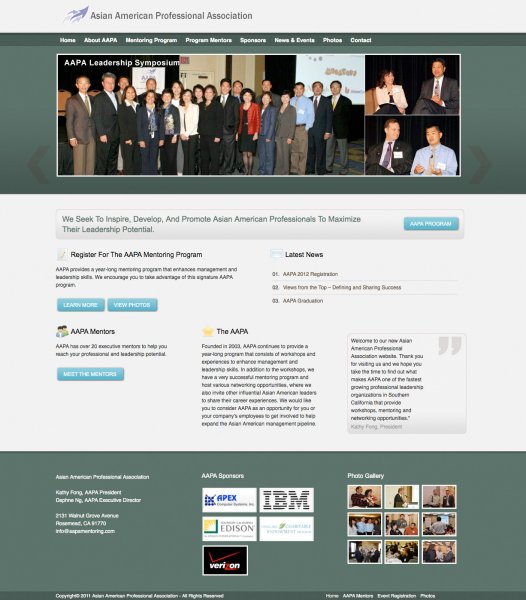

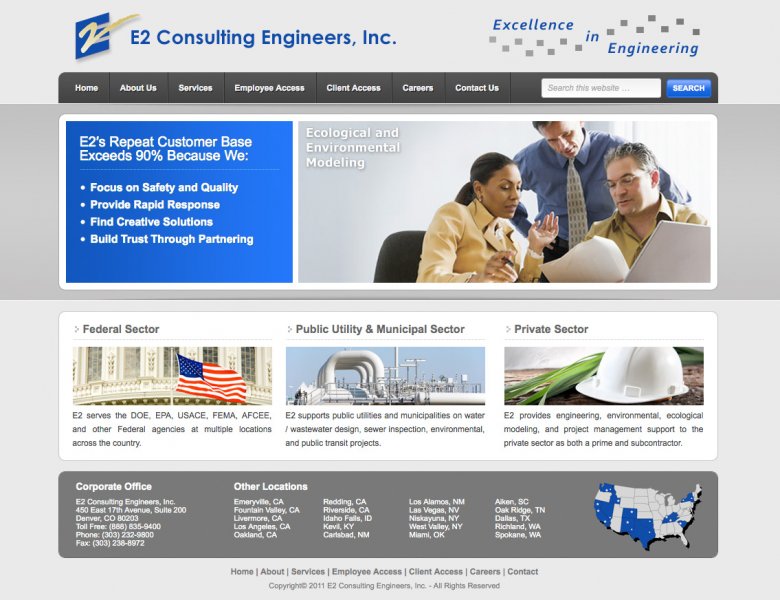

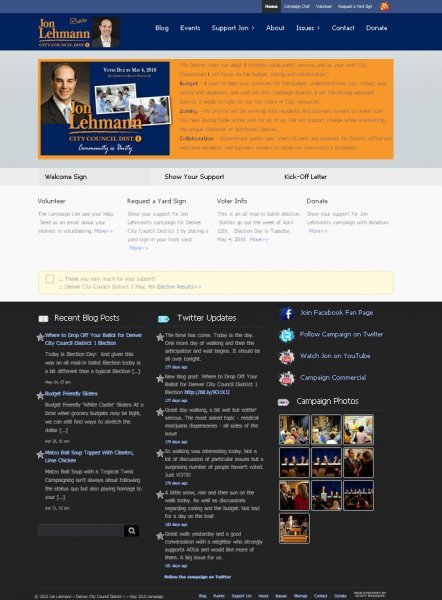
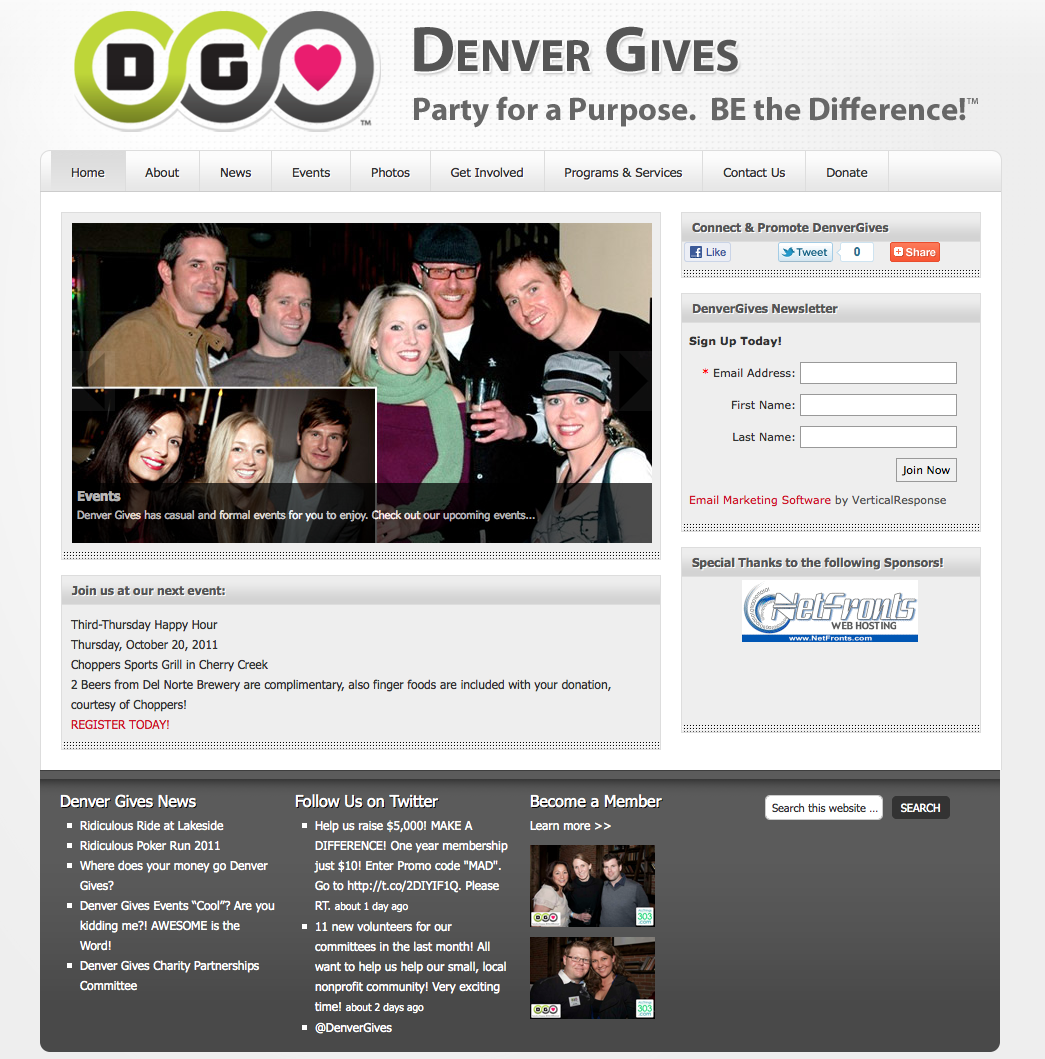
Add a comment